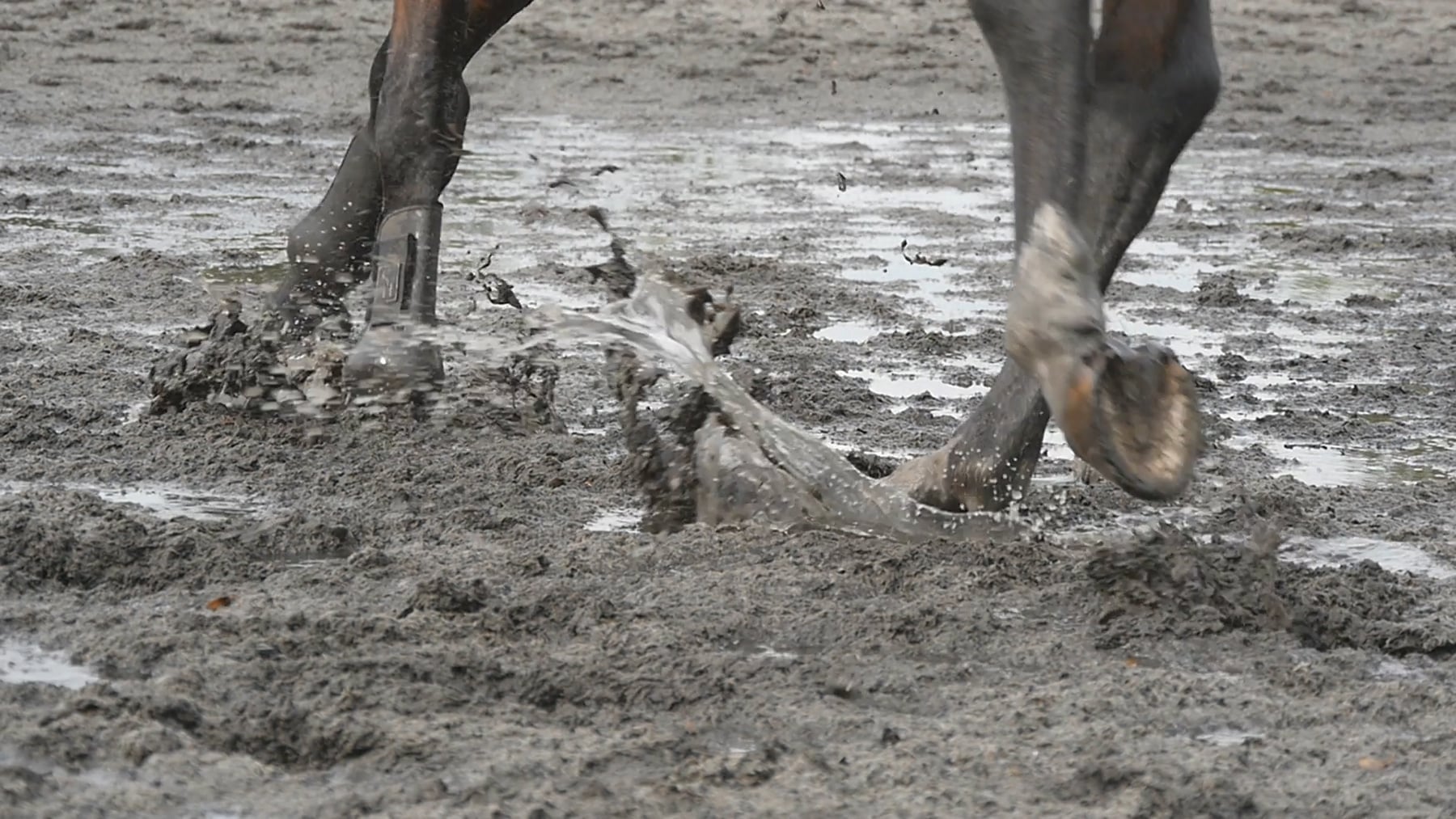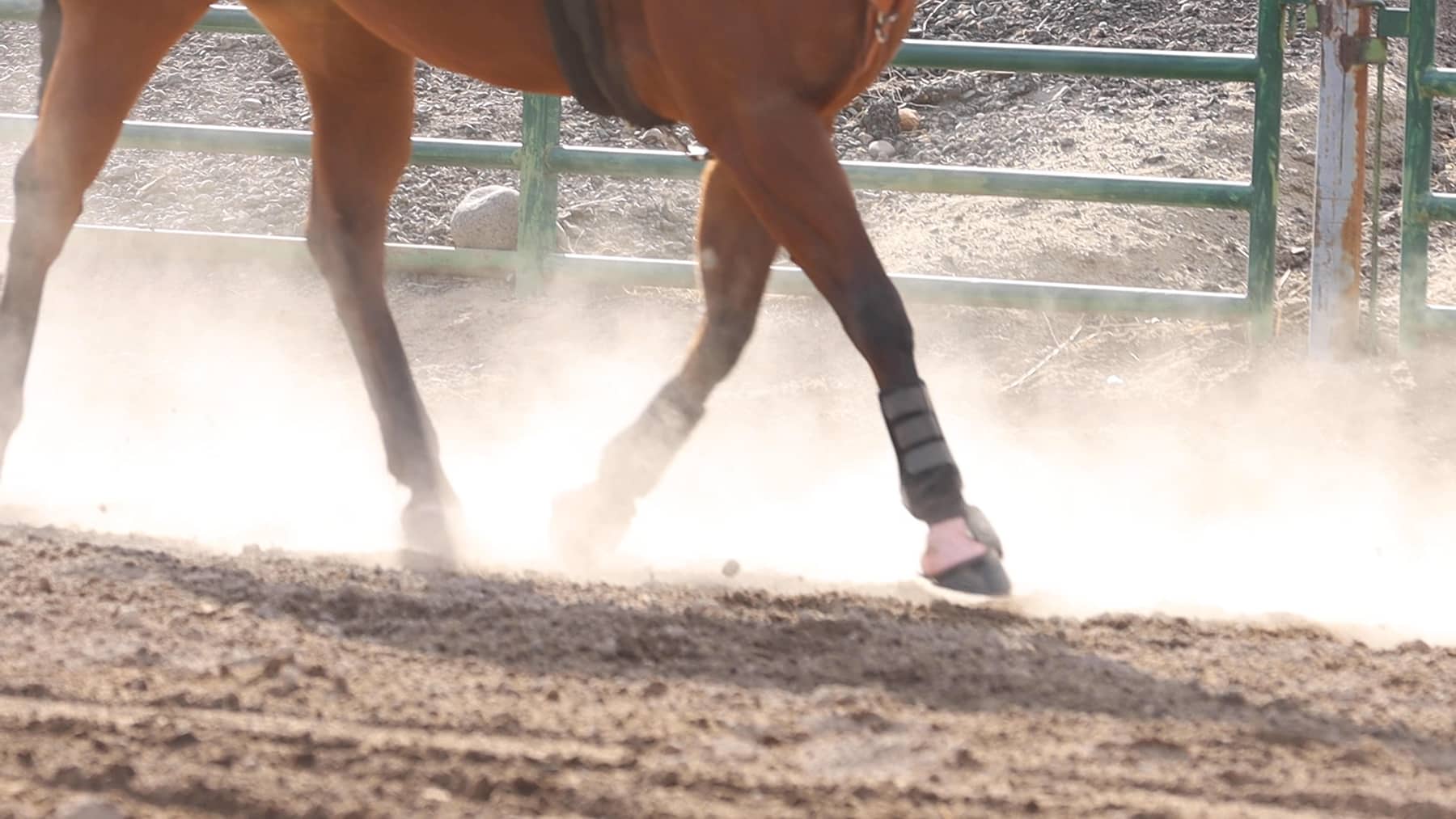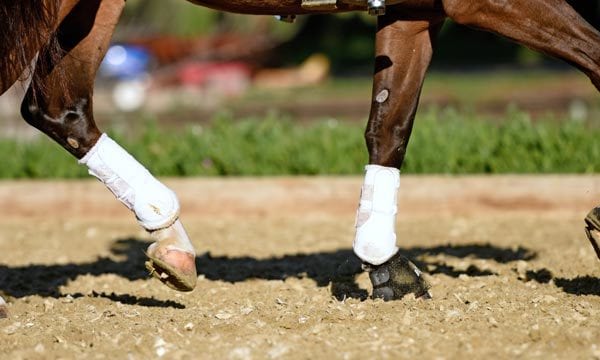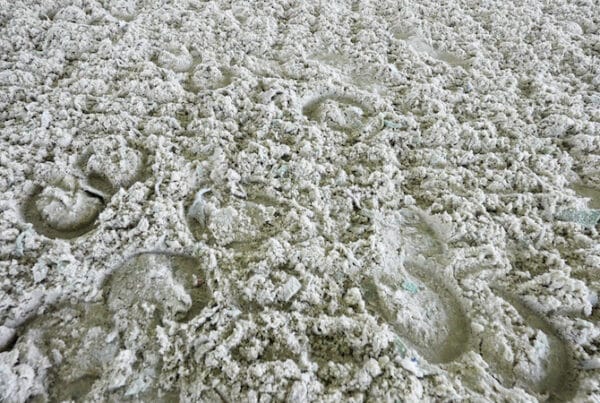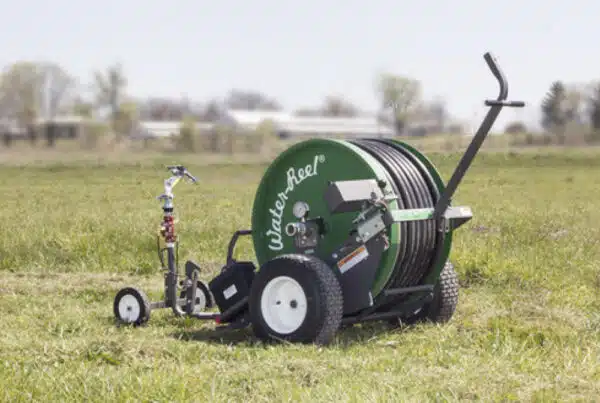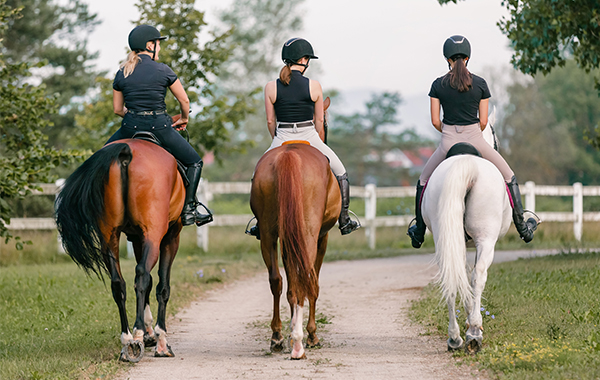In today’s world, the push for eco-friendly, biodegradable products is stronger than ever. From our kitchens to our closets, we’re encouraged to make sustainable choices. It’s natural for this mindset to extend to the equestrian world, leading some riders to wonder: could a biodegradable arena footing be a safer, more environmentally responsible option for my horse?
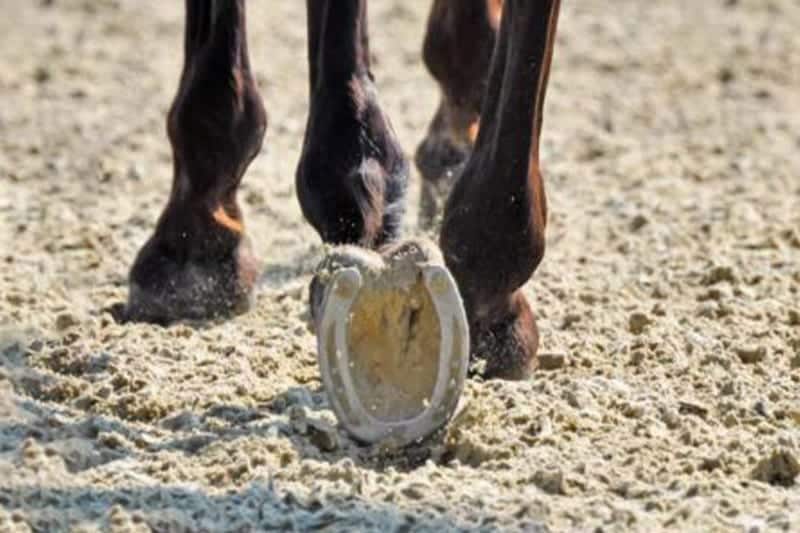
While the intention is commendable, the science of arena engineering tells a different story. When it comes to the critical surface your horse trains on every day, opting for a biodegradable material can lead to a host of problems that compromise safety, performance, and even health. This isn’t just a theoretical concern—it’s a lesson learned from past experience.
Heidi Zorn, President of Premier Equestrian, recalls the era of biodegradable arenas firsthand: “I remember back in the 70’s riding in these arenas that had wood shavings. They were terribly dusty when dry, causing severe respiratory issues for both horse and rider. When wet they were extremely deep and very slippery. Many injuries came from these gooey arenas.”
Heidi’s experience underscores why modern, synthetic fibers are the superior choice for a high-performance equestrian arena. Here’s a deeper look at the problems she described.
1. The Engineering Principle: Consistency is King
A high-quality riding arena isn’t just a pile of sand; it’s a carefully engineered system. The blend of specific sands and high-quality polyester fibers is designed to create a precise balance of tension, grip, cushioning, and stability. This consistency is vital for horse and rider safety, allowing for predictable movement and reducing the risk of injury.
Biodegradable materials, by their very nature, are designed to break down. Introducing a bio-material into your sand mix is like building a foundation on shifting ground. As the material decomposes—sometimes in as little as 30 days—the carefully calibrated surface tension is lost. The footing becomes inconsistent, unpredictable, and unsafe, leading to the “slippery” and “deep” conditions Heidi mentioned.
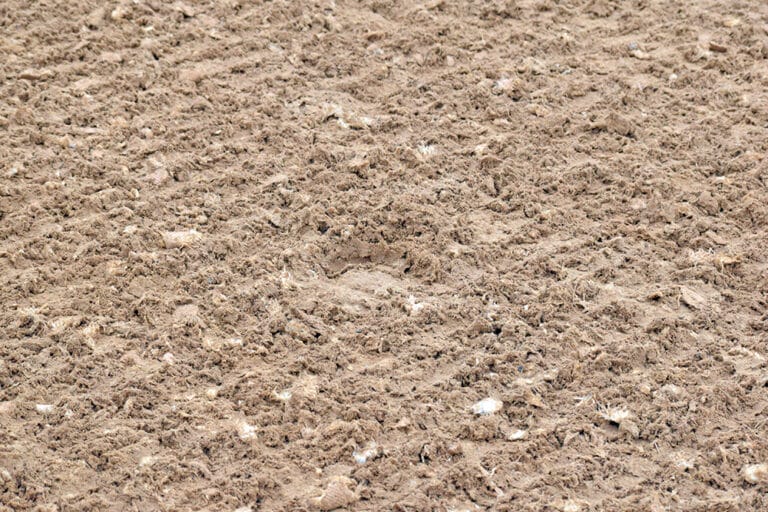
2. The Dust and Drainage Disaster
The rapid breakdown of biodegradable materials has two immediate consequences: dust and drainage issues.
- Dust & Respiratory Issues: As organic matter decomposes, it turns to dust. This creates the exact “terribly dusty” environment Heidi described, leading to a cloud of particulate matter and harmful spores with every hoofbeat. This is a direct threat to equine and human respiratory health.
- Drainage & the “Gooey” Arena: The wood shaving arenas of the 1970s serve as a perfect cautionary tale. As the wood broke down, the fine particles washed down and clogged drainage systems, creating the boggy, “gooey” mess that caused so many injuries. Modern polyester fibers break down at an incredibly slow rate, and their particles do not clog drainage systems, ensuring your arena sheds water effectively for years.
3. The Unseen Health Hazard: Mold and Bacteria
The “dust” in old arenas was more than just dirt; it was often laden with mold and bacteria from the decomposing organic matter. These materials are a perfect breeding ground for harmful spores that, when kicked up during riding, become airborne.
You and your horse are then breathing in this potentially toxic cocktail, which can lead to the severe respiratory issues. At Premier Equestrian, we only use trimmings from virgin, new materials. Our fibers are inert and free from the harmful bacteria or mold spores that can lurk in biodegradable alternatives.
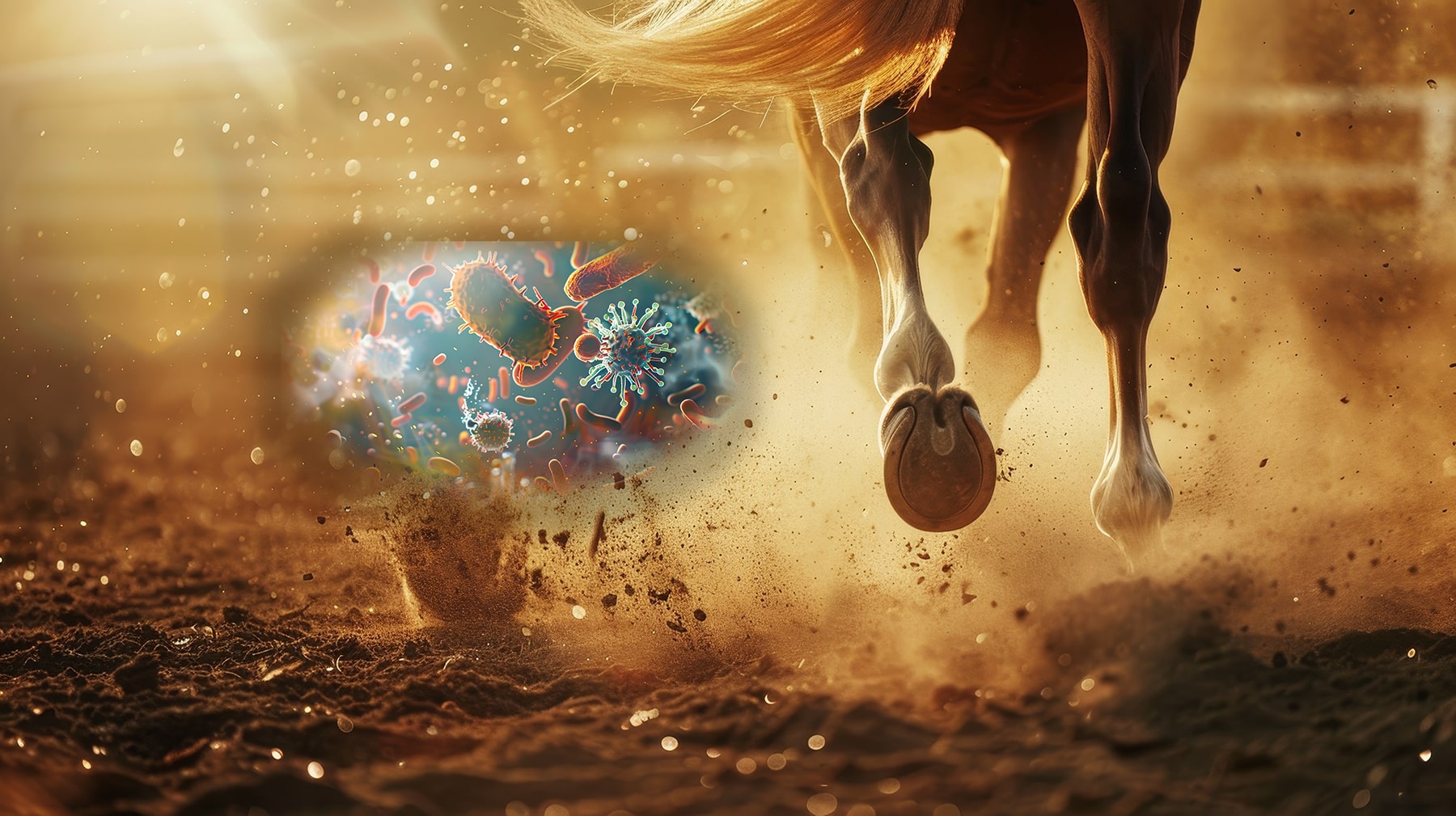
4. The “Eco-Friendly” Misconception and Disposal
Some sellers of bio-materials may claim their product is safer for the environment. However, the short lifespan and associated health and safety risks often make them less sustainable in the long run. A polyester-based arena footing can last for many years without needing replacement, reducing waste.
Furthermore, when it is finally time to dispose of your arena sand, it can be done safely. While there is a responsible conversation to be had about microplastics, the alternative—a dusty, moldy, and hazardous arena that requires frequent, costly replacement—is not a truly “green” solution.
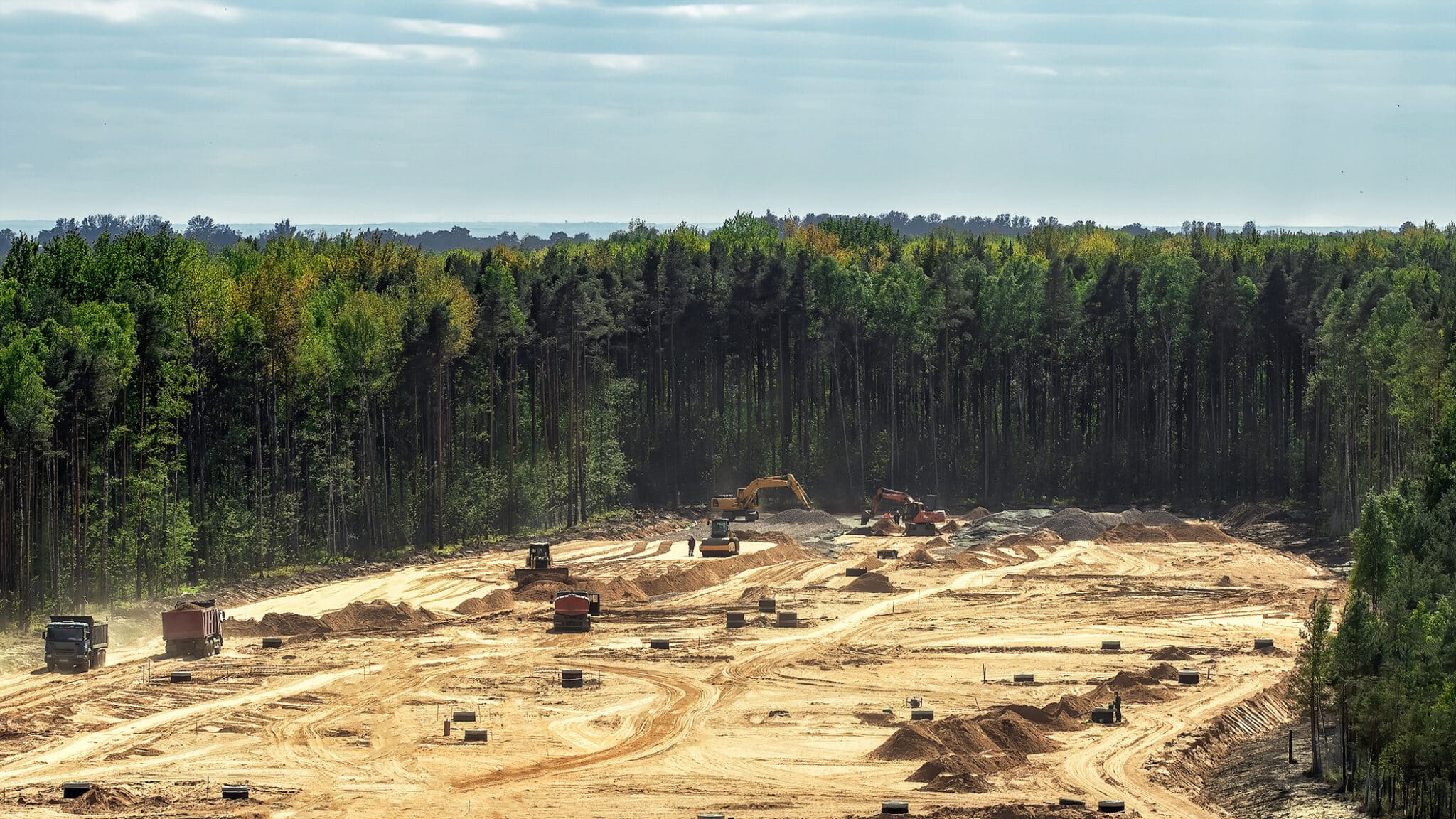
5. The Hidden Environmental Cost: Not So “Green” After All
Many buyers are attracted to materials like coconut coir (a popular biodegradable option) under the assumption that they are an environmentally sound choice. However, the “green” label can be misleading. The increasing global demand for coconut products is contributing to deforestation and monoculture farming practices in tropical regions, as natural forests are cleared to make way for coconut palm plantations. This destroys biodiversity, depletes soil health, and has a significant carbon footprint of its own when factoring in transportation. What seems like a natural choice may, in fact, be contributing to environmental harm on a larger scale.
The Premier Equestrian Promise: Safety Through Engineering
History has taught us a valuable lesson. At Premier Equestrian, our priority is the health and performance of your horse. We believe that safety is achieved through proven engineering, not marketing trends. Our footing sand and fibers are selected for their longevity, stability, and inert properties, ensuring a consistent, high-performing surface that protects your investment and your partner.
When choosing footing for your arena, look beyond the “biodegradable” label. Opt for the long-term safety, consistency, and performance that only a professionally engineered surface can provide. Your horse’s lungs and legs will thank you for years to come.

